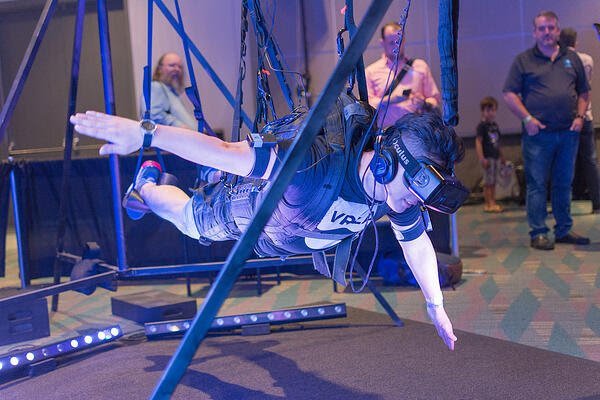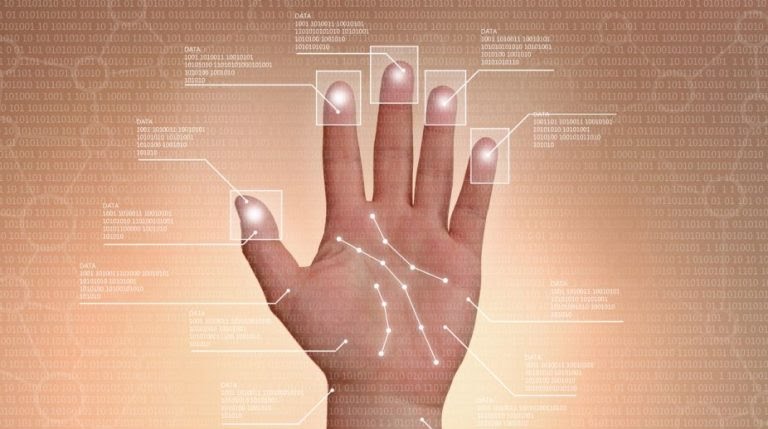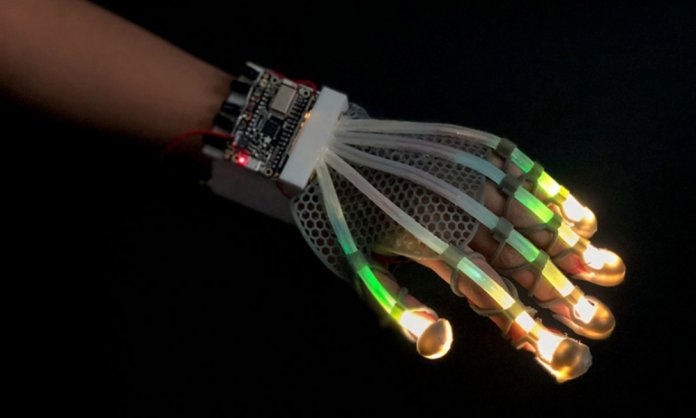Have you ever heard of the film ‘Minority Report’? That science fiction film starring Tom Cruise? The technology employed in that film showed an extremely advanced future. It showed that, based on the actions and habits of people, how likely they were to commit a crime. Similarly, Equilibrium starring Keanu Reeves showed a future where emotion was banned. It was illegal to laugh or smile!
The underlying point here is that, as advanced as those films were showing, the world is progressing at a steady rate. Self-driving technology is being tested more and more everyday. Whether it is Tesla or Google, these cars are going to become the new normal one day. So what if there was technology, related to virtual reality, which was more mobile? There has been a recent development by students of the University of Cornell. They have introduced a new Stretchable Skin Sensor which is sure to baffle and blow your mind!

Virtual Reality:
Virtual Reality is one of the most progressing fields of today. VR is the initials it is often known by. You wear a headset and play games? That is Virtual Reality. It has become so available to the public now that it’s accessible through Smartphones. You wear a headset, slide your phone into it, and dive into the world of VR. Half-Life ‘Alyx’ is one of the most immersive and well-made VR games of all time!
With the invention by these students, VR has taken yet another step forward. They have created a fiber optic sensor that takes a combination of low-cost LEDs and dyes. This, in turn, resulted in a stretchable ‘skin’ of sorts that can detect different kinds of pressures, tensions, and weights.
Stretchable Sensors:
The sensors were demonstrated in a prototype glove. Each finger of the glove has a pair of cores. One core is transparent, and the other is filled with absorbing dyes at multiple locations. These dye locations are hooked up to the LEDs.
Now imagine you’re putting a form of strain or pressure on the Stretchable Skin Sensor. It will register the motion and light up the appropriate LEDs. The dyes serve as ‘Spatial Encoders’. This means that they are responsible for specific parts of the skin, transferring information to the right LED. The device is 3D printed and is also fitted with bluetooth, to provide connectivity to any software. The software will be used to track and monitor movements.

Moving Forward:
So, where do we go from here? The students state that this technology can be implemented on the medical side too. If a person has pain in their joints or cannot move them a lot, the sensor can pinpoint precisely where the issue lies.
Additionally, there is quite a lot of industrial use for this device too. They can be used to calculate the weight and tension of any device that is lifted by hand. Combine all of this with the H.U.L.C mecha suit, and you have a full-fledged 22nd-century tech piece! Technically, the tool uses vision to operate, so virtual reality plays a huge part in this.
Stay Tuned for more from Brandsynario!












































